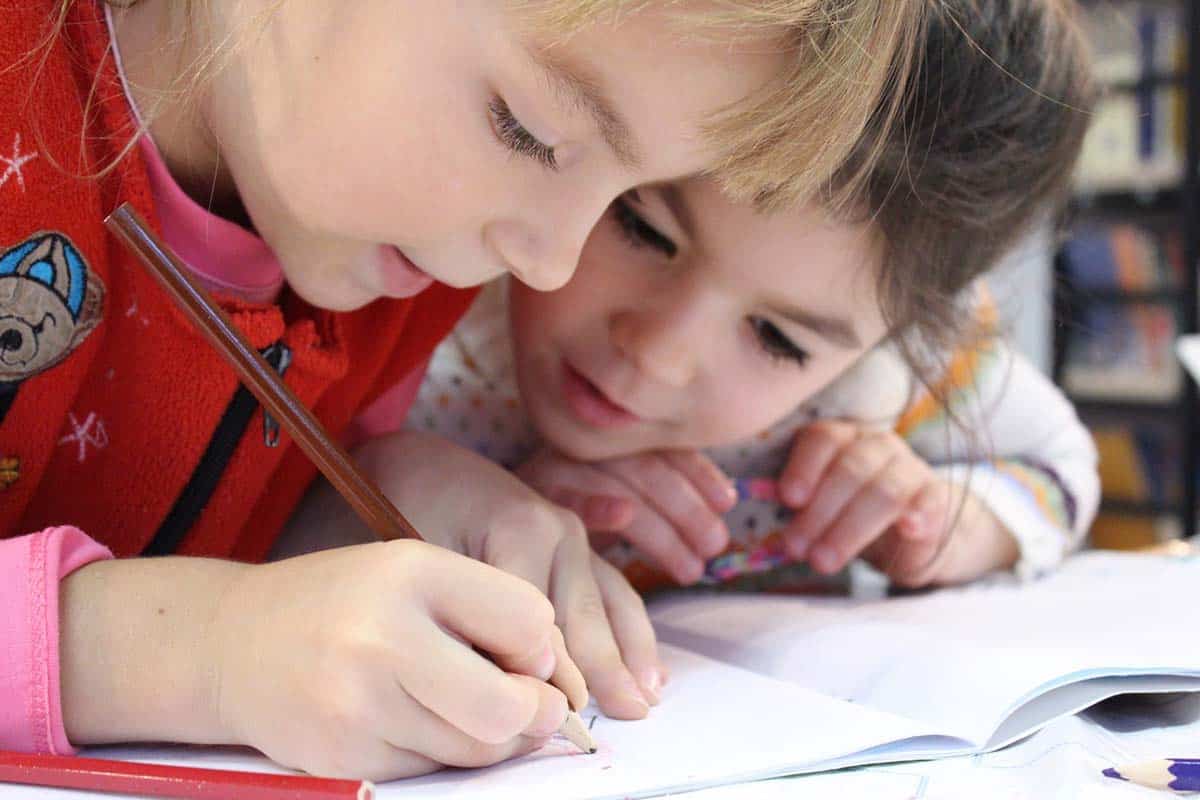
If you are looking for a great education system to study as a role model, the Scandinavian education system comes out at the top.
When speaking about education, the school system in Europe always comes up. Then again, whenever we speak about that, Scandinavian education rears its head. Finland is home to some of the most unique and effective educational approaches.
They constantly rank among the top education systems: from preschool to high school. There seems to be a lot of mysticism around Finnish education. Some believe they’ve uncovered a huge secret. Even professionals, like WriteMyEssays, have researched the topic.
What many don’t know is that the truth has been easily accessible all along. It all comes from a single philosophy: one that we’ve chosen to ignore.
How Do Scandinavian Schools Work?
The entire Scandinavian education system comes from the Montessori philosophy and methodology. If you haven’t heard about it, don’t worry. For some reason, major education systems mostly ignore this approach.
In essence, the Montessori approach tells us to let kids learn by themselves. Instead of forcing standard information and topics into their head, they let children discover what they enjoy the most.
Children naturally move towards the subjects they enjoy the most. This enjoyment makes it a lot easier—and, let’s face it, fun—to learn.
When implementing this strategy, specialized teachers guide students to discover what they excel at. It’s more about offering guidance and activities than dictating prepared classes.
Now, we’ll take a deeper look into Finland’s preschool and other levels. You’ll see how it follows this approach to the letter.
Empowering students
The Scandinavian school system doesn’t really tackle subjects like math, biology, language, and geography. Modern subjects include fields like communications, entrepreneurship, and social participation. Students also get to choose a phenomenon-based module. These modules teach several skills per lesson.
A different perspective
Schools aren’t for students to visit and learn about assorted subjects. Scandinavian schools nurture the student’s drive to learn more. There’s no competition between students, and everyone can learn at their own pace.
Creating the ideal environment
The most important step is to adapt preschools in Finland to the students. Students must feel excited, and that means creating learning zones. That’s actually a textbook Montessori practice. Every space has different presentations and topics. Students can choose where to stay.
Less homework
Finns really dislike homework. Thankfully, other countries have started to catch on this trend. Still, Finns are way ahead, and the average after school learning time is three hours per day.
Scandinavian Education Is A Constitutional Right
Every Finnish resident has the right to receive an education. That includes every permanent resident with the compulsory age (6-17 years), not just native Finns. That’s for Finland preschool, primary, and secondary education.
After basic education, general secondary schools and vocational institutions are available. The next step is either university or a polytechnic institution. The former requires examination.
Children and teens who recently moved to the country can receive preparatory education. That usually takes a year. Finnish or Swedish are the next step for a second language if they don’t speak them. Adult immigrants without proper education can attend secondary schools for adults.
A Look Into Early Childhood Education In Finland
Preschool in Finland is where the Scandinavian education system shines. Children must attend for a year before they can enter compulsory education. That means that the average child starts preschool when they’re six years old.
Preschool focuses on skills children will use later in school. Then, they enter a comprehensive education. It splits into nine grades and ends when the child completes the syllabus or after ten years.
Finally, children receive evaluation depending on their own learning abilities. There’s no national examination. Sample evaluations usually take place in the ninth grade. The entire focus of comprehensive education is to teach them individuality. That means thinking by themselves and taking responsibility for their education.
Key Takeaways From The Scandinavian School System
We can narrow down their “secrets” into ten facts:
- Children only start going to school after 6 or 7 years old. It lets them enjoy their childhood.
- Standardized tests and competition only add pressure.
- Children must be treated as equals by their school.
- Homework should be a minimum. You don’t want to overburden students with assignments at home.
- Quality matters more than quantity.
- Children don’t need to spend a lot of time in school.
- Teacher qualification is paramount, especially for early education.
- Teachers must receive respect for their preparation.
- Communication and languages should be priorities.
- All discrimination should be left behind.
Conclusion
Scandinavian schools are a phenomenon for a lot of people. Yet, they’re just implementing an educational philosophy that has been around for ages now. Education-centered organizations, like WriteMyEssays, agree we can learn from them.
It might be difficult at first. But, we can argue our children and society deserve it.








